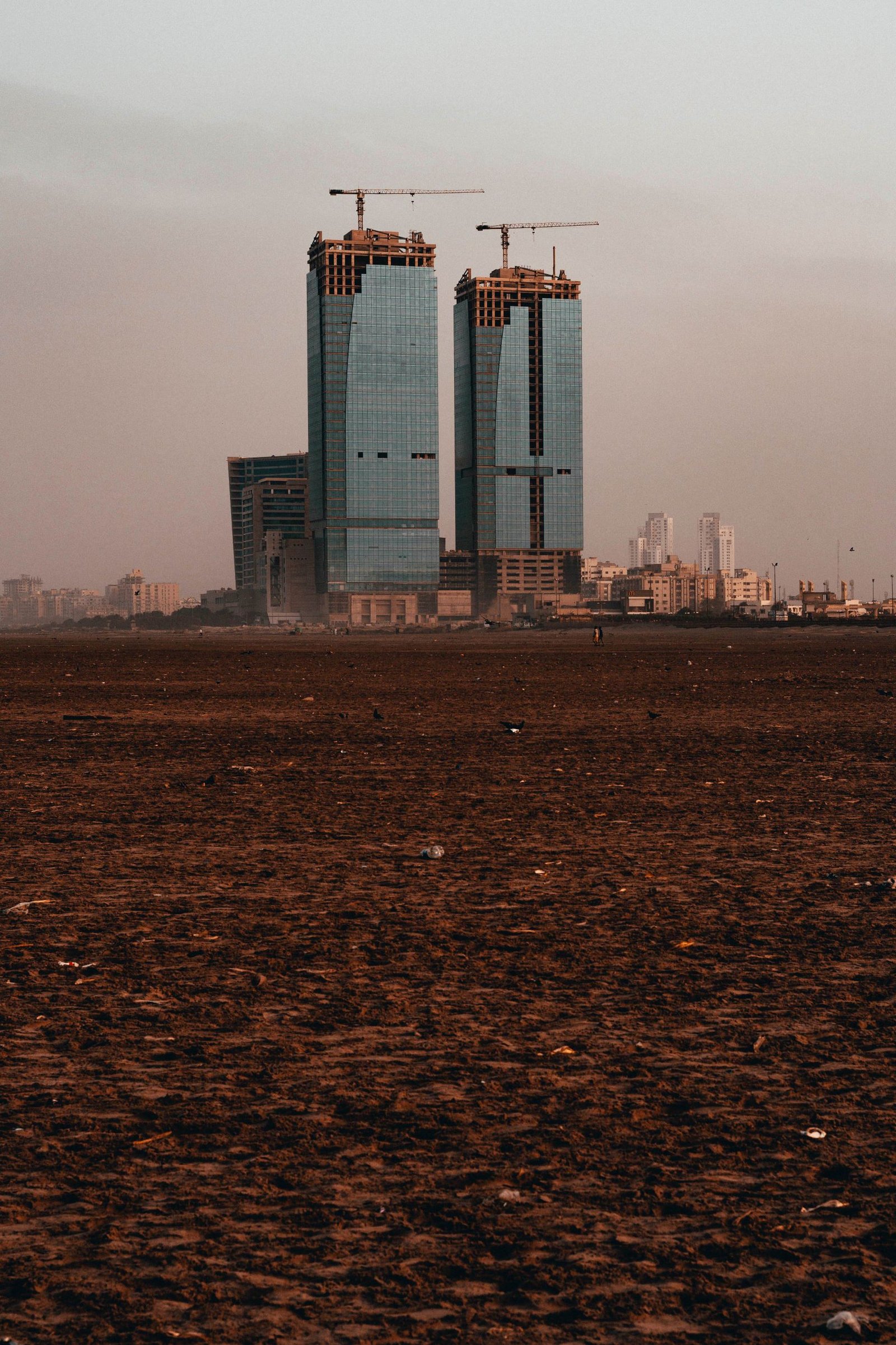Buildable soil properties
خصائص التربة القابلة للبناء
As a construction engineer, it is necessary to know which type of soil is buildable and good for the construction of buildings on it, every facility has a foundation, and every institution must be built efficiently and safely correctly. The materials that make up the building block and the building process are equally important; however, one of the most often overlooked features is soil support. Building institutions needs a solid foundation. Each type of soil has different properties that affect the foundations differently. Generally, the soil will be more stable the more sand / gravel pressed.
In both cities and the countryside, the choice of sites with the best soil is an engineering decision in the construction process, as the original building is built on the soil.
The foundations of construction should be on stable, strong soil. The soil ranges in strength. Some soils are able to support a skyscraper, while others are unable to support human weight. If the soil under one of the buildings is unstable, then the foundation of the building can collapse, drown, or worse – the building can fall!

The strength and stability of the soil depend on its physical properties. So the equation is soil with a good structure and the result is a more stable building. The texture of clay or clay soil is often more stable than sandy soil because it has a better structure. However, a mixture of particle sizes (and pore sizes) is best for engineering (just as it is for crops).
Buildable soil properties
It is also important for the soil to be stable through moisture and drying cycles, so that the expansion of the soil does not break the roads or foundations. Some clay minerals, from a family called smectite, are likely to shrink and expand during urination and dehydration cycles from minerals from other families, such as kaolinite.
Good buildable soil must also have the ability to catch precipitation, in order not to damage runoff and erode structures. Finally, good infrastructure soil has a balanced chemistry, so there is no corrosion in building materials.
It is important to know the characteristics of existing soils to avoid future problems. Soil maps are a great tool to help engineers determine the best location for their design. Soil maps are created by soil scientists and provide information such as:
- Slope of the Earth’s surface
- Biological, chemical and physical soil properties
- Potential runoff, drainage or storage.
There are some well-known examples of structural failure caused by a lack of knowledge about soil. One of the most famous is the Leaning Tower of Pisa. The underground land seemed stable during the dry season when construction began, but the soil became unstable during the rainy season and sank under the weight of the building. Worse yet, it sank unevenly, resulting in a tilted tower.
In addition to sanitation management, soil compaction and stabilization prior to construction may reduce stability problems.

Soil types:
Sand: sandy soil has a gritty texture because it is formed by small particles of rock. It is a good soil for building buildings because it allows water to drain away from the construction site but will not change or move. Sand may be compressed to add additional stability to the soil. Since sand particles have irregular shapes, the splinters will collide with one another and close in place, providing additional stability. Sand builders often add sand to the foundation soil and press it to create a more stable soil to build on.
Sandy gravel: Gravel has the largest particles of different soils. It is dry to dry to the touch and does not hold moisture due to large openings, but it drains easily. When compressed and moisturized, they stick to each other fairly well, and if compressed they make good soil support the foundation due to their waterless properties. However, when wet, the particles will lose friction and be washed, which may leave gaps below the foundation.
Chalk: Chalk is a type of clay soil that consists of very fine particles of alkaline rocks such as limestone. Unlike most clay, chalky soil is ideal for building because the soil will not retain moisture and will not swell and shrink seasonally due to the presence or absence of water.
Clay: clay soil is a medium soil midway between sand and clay. This soil usually contains a mixture of organic matter, sand, and clay. Clay is made of very small particles that store water well, but because of its tight grip on water, it extends greatly when it’s wet and greatly shrinks when it dries. When the clay is wet, it is very flexible, and can be moved and cured easily. These extreme changes put a lot of pressure on the foundations, causing them to move up and down, and eventually cracking, making the mud poor soil for support.
Engineers and builders can look at the topographic maps of the area to see how the land has changed and whether the previous landowner buried plants like trees or shrubs as a way to get rid of them.
Read also: Highway planning







